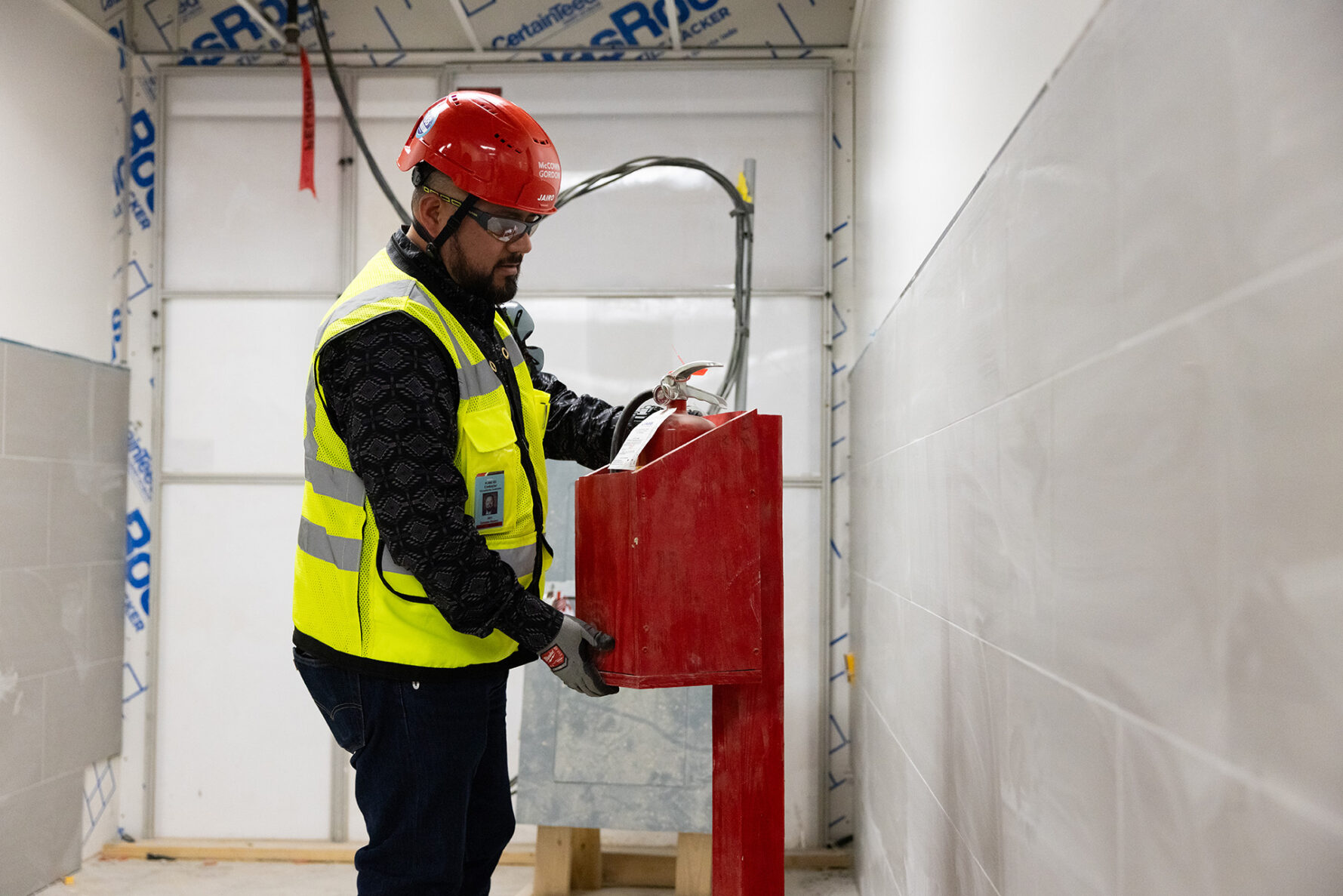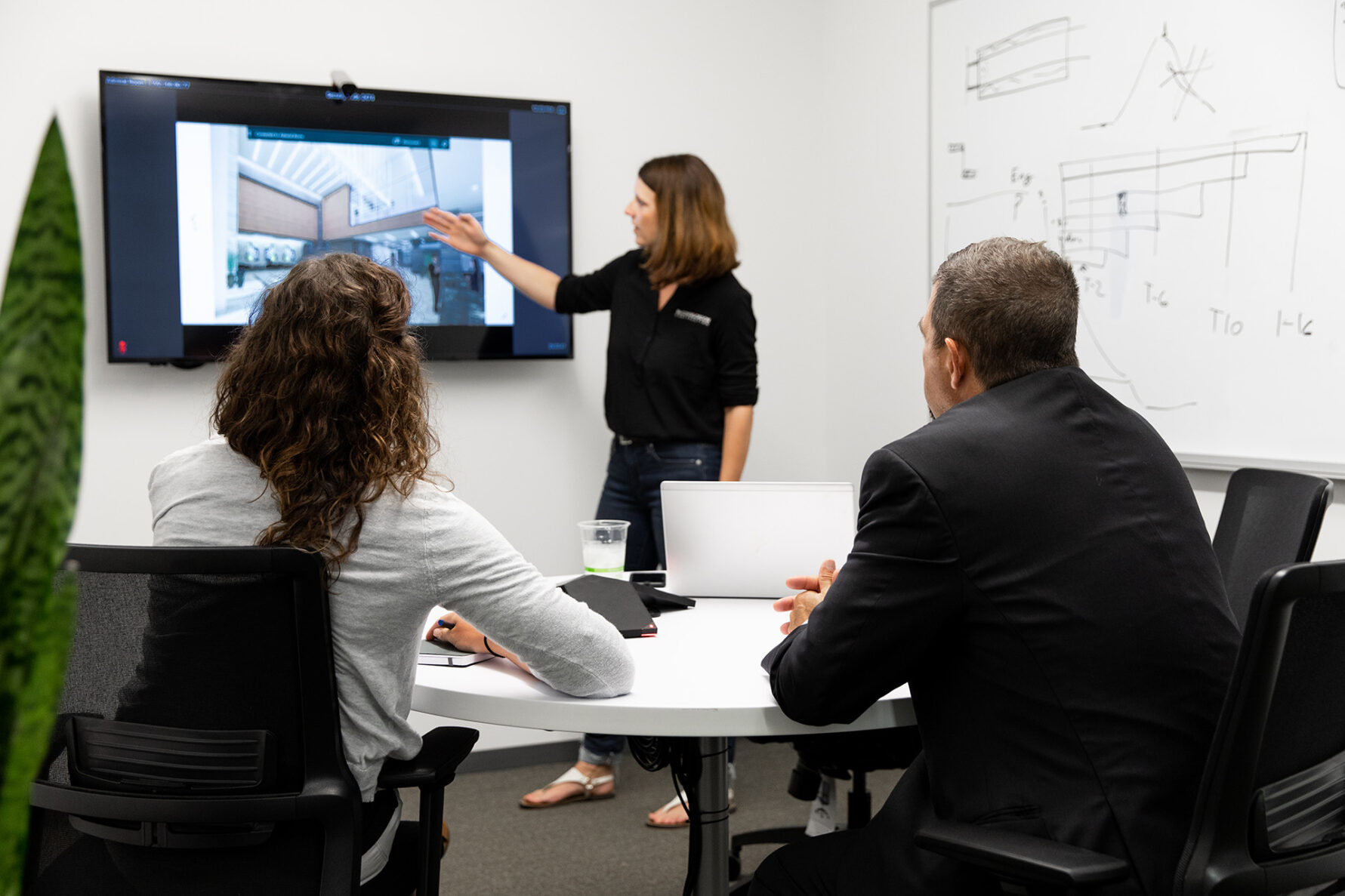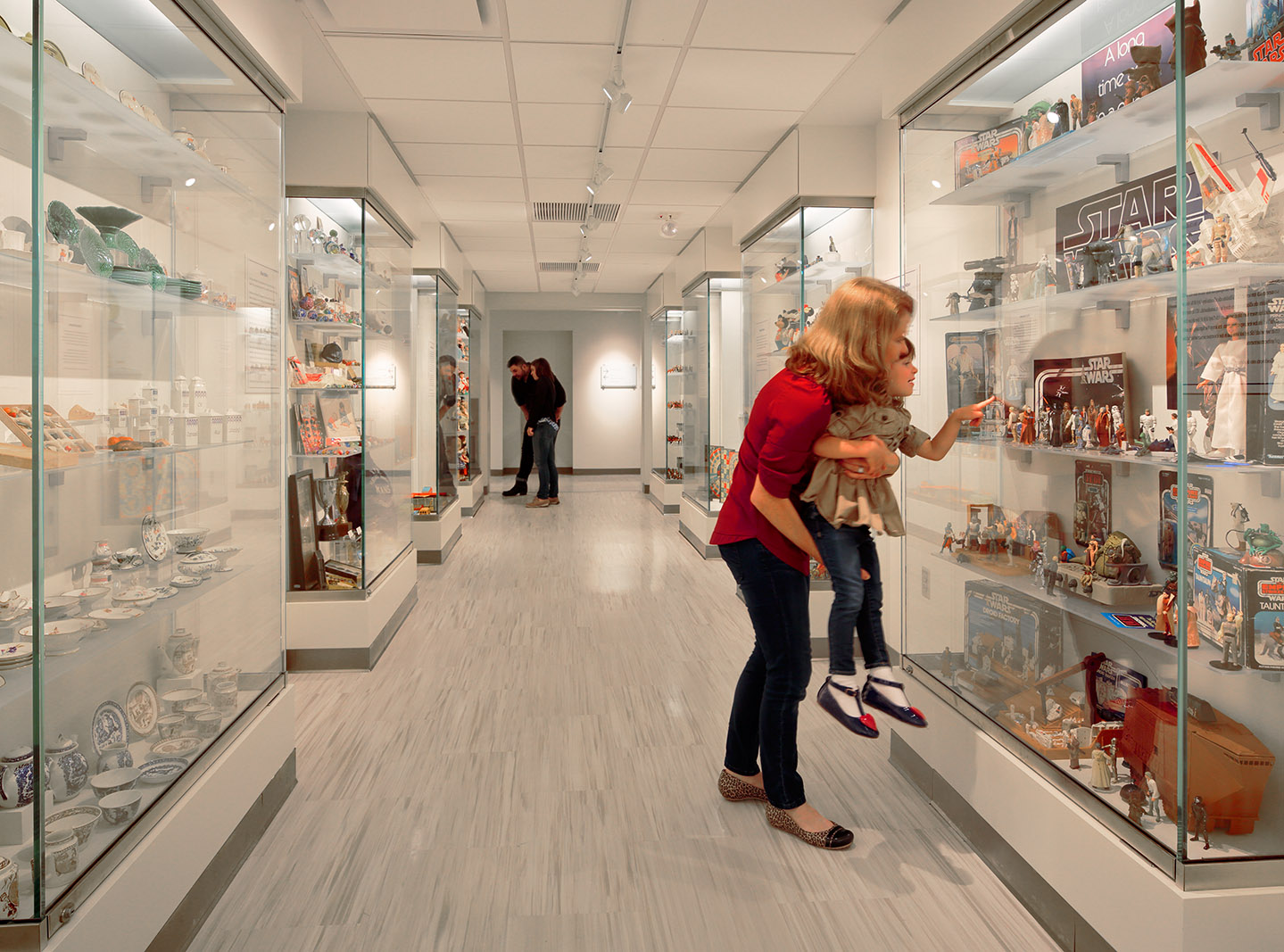Commissioning: The Final Dress Rehearsal Before Peak Building Performance

Picture this: It’s the final dress rehearsal, the last chance to bring everything together before the big performance. The stage is alive with energy—actors in full costume run through their lines, the crew fine-tunes lighting and sound cues, and the director watches intently, scanning for any last-minute adjustments. Every detail matters, from the precise timing of a spotlight to the seamless movement of set pieces. It’s the last chance to get everything right, ensuring every piece comes together seamlessly for optimal performance.
This is exactly what commissioning is—the process of verifying and ensuring that all building systems are installed and tested correctly in order to work together and achieve peak building performance. Commissioning ensures that buildings operate efficiently and as intended by verifying and optimizing system performance. From HVAC and mechanical systems to lighting and plumbing, every system works together to make the building run efficiently. And the best part? Commissioning can be provided during any phase of a project or building lifetime.
There are six primary types of commissioning: New Building Commissioning, Re/Existing Building Commissioning, Retro/Existing Building Commissioning, Monitoring-Based Commissioning, Building Enclosure Commissioning, and Building Assessments.
Take Our Quiz To See What Commissioning Type Your Building Needs
Let’s break down the basics of each:
New Building Commissioning
When constructing a new facility, new building commissioning is the buildup and the final step, the dress rehearsal, before owner occupancy. This process provides quality assurance to validate that the owner’s requirements and design intent are met and fully executed in turnover. Through functional testing and extensive evaluation, the team verifies that all systems are operating as intended, ensuring occupant comfort, preventing frequent shutdowns and avoiding costly utility bills down the line.
Did you know? Projects with a comprehensive commissioning approach have up to 5x the savings of projects not commissioned!
Retro-Commissioning
Retro–Commissioning, commissioning an existing building that has yet to be commissioned, can provide a huge benefit to building performance. It is a cost-effective process that enhances the performance of existing buildings by identifying and addressing existing issues. For example, a retro-commissioning investigation might uncover that a building’s air handling units are simultaneously heating and cooling due to faulty sensor calibrations or overridden control sequences. By correcting these issues—such as resetting setpoints, reprogramming sequences, and recalibrating sensors—the building can significantly reduce energy waste, improve temperature consistency and extend equipment lifespan. This process improves system efficiency, reduces energy consumption, enhances occupant comfort and helps owners manage escalating utility costs.
Did you know? Retro Commissioning can reduce energy costs by 10-30%, on average!
Re-Commissioning
Even well-designed and properly previousley commissioned buildings can experience performance drift over time due to operational changes, control overrides and equipment wear. Re-Commissioning helps restore a building’s systems to their intended efficiency by reassessing and optimizing performance. For example, a re-commissioning effort might reveal that HVAC schedules have been manually adjusted over time, causing systems to run unnecessarily during unoccupied hours. By restoring proper scheduling, fine-tuning setpoints and addressing overlooked maintenance issues, building owners can regain efficiency, reduce operating costs and improve occupant comfort.
Did you know? Re-Commissioning can help buildings that have already been commissioned to maintain peak efficiency and avoid unnecessary energy waste, often leading to 5-15% energy savings!
Monitoring-Based Commissioning
Just like anything in life, buildings undergo changes over time due to operational adjustments, equipment aging and occupancy variations. This is where Monitoring-Based Commissioning comes into play. Unlike traditional commissioning, which occurs at specific project milestones, Monitoring-Based Commissioning continuously tracks system performance to identify inefficiencies, faults and opportunities for improvement. For example, continuous monitoring might detect that a chiller is short-cycling due to a faulty valve or that an air handling unit is operating inefficiently due to a stuck damper. By identifying and addressing these issues early, buildings can reduce energy waste, improve indoor air quality and extend equipment lifespan.
Did you know? After commissioning a building, the energy savings alone typically result in payback in as little as 1-3 years!
Enclosure Commissioning
A building’s envelope—the walls, windows, roof and foundation—plays a critical role in energy efficiency, durability and occupant comfort. Enclosure Commissioning ensures that the building enclosure performs as designed by identifying issues related to air leakage, moisture intrusion and thermal bridging. For example, testing may reveal that poorly sealed window joints are allowing uncontrolled air infiltration, leading to high heating and cooling loads. By addressing these issues through targeted improvements, buildings can reduce energy consumption, enhance indoor comfort and prevent long-term damage.
Did you know? Proper enclosure commissioning can improve indoor air quality, reduce HVAC loads and extend the lifespan of building materials!
Building Assessments
No matter where you are in your building journey—renovating, building new, or weighing multiple options—you need a safe, functional space that supports long-term operations. Our team of experts perform in-depth building assessments to evaluate your building’s condition, guiding you toward the best construction path with confidence. With a strong focus on optimizing performance, we use advanced programs to analyze energy usage alongside utility, maintenance and replacement costs—ensuring you get the most sustainable and cost–effective solution for your needs.
Did you know? Commissioning provides an average of 13-16% annual energy savings, 8-20% lower equipment costs and better air quality.
From major MEP systems to a tiny light switch, every system in your building works together to drive peak performance. Engaging our commissioning team ensures these systems operate seamlessly—not just today, but for years to come—maximizing reliability, sustainability and long-term value.
Ready to learn more? Contact Us!





